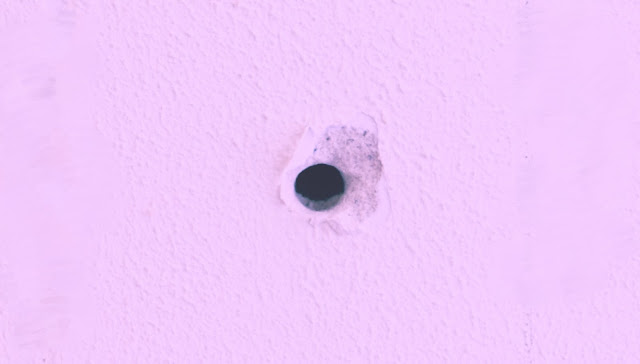How to Patch a Hole in a Wall
Patching holes in a wall is essential when painting a room or installing new wall coverings, for example. Walls must be flawless for your work to be done correctly. Patching small, medium, or large holes is within reach of any DIY enthusiast, even if inexperienced. However, this operation must be carried out meticulously.
Patching a Hole in a Wall in Three Steps
1. Prepare the Wall
Before anything else, to properly patch a hole in a wall, you must prepare the surface to be repaired. First, make sure to remove any materials and dust that may have become embedded in the hole. Then, using sandpaper, sand the wall at the location of the hole. This process will allow better adhesion of the patching compound. Afterwards, eliminate all traces of dust with a brush, a broom, or a vacuum cleaner.
2. Apply Patching Compound
Patching compound is the essential product when repairing a wall with holes. It is available in stores either ready-to-use, as powder, or as paste. Ready-to-use patching compound is suitable for small or medium-sized holes, whereas powder or paste works better for larger holes and those found on exterior walls.
Depending on the size of the hole to be patched, you will adjust the amount of patching compound.
Regardless of the type of patching compound, apply it as deeply as possible into the hole with a trowel, ensuring to scratch the surface. Once the compound has set, smooth the surface well using a putty knife. Let it dry according to the times indicated on the compound's packaging, then repeat the process to apply a finishing coat and completely fill the hole, being careful to smooth the compound at the end of the operation.
3. Sand the Repaired Surface
Once the patching compound is completely dry, carefully sand the repaired wall to achieve a completely flat surface.
Simple Tips for Patching Small Holes
- Toothpaste: If your wall has small holes left by nails, thumbtacks, etc., you may not necessarily need to follow the previously outlined steps. A product unrelated to DIY can be of great help for patching these small holes. It's toothpaste. Choose a white-colored toothpaste and apply it in a thin layer into the hole. Finish by smoothing the layer of toothpaste with your finger and let it dry.
- Silicone caulk: Silicone caulk is a product that every DIYer should have. It is easy to use and can repair small damages in a house, such as holes in a wall, for example. Also used for all small sealing works (joints, tiling, etc.), silicone caulk also easily patches small holes in a wall. Simply apply it, smooth it, and let it dry afterwards.
These are some essential steps and tips to effectively patch a hole in a wall, ensuring your walls are ready for subsequent work like painting or applying new wall coverings.

